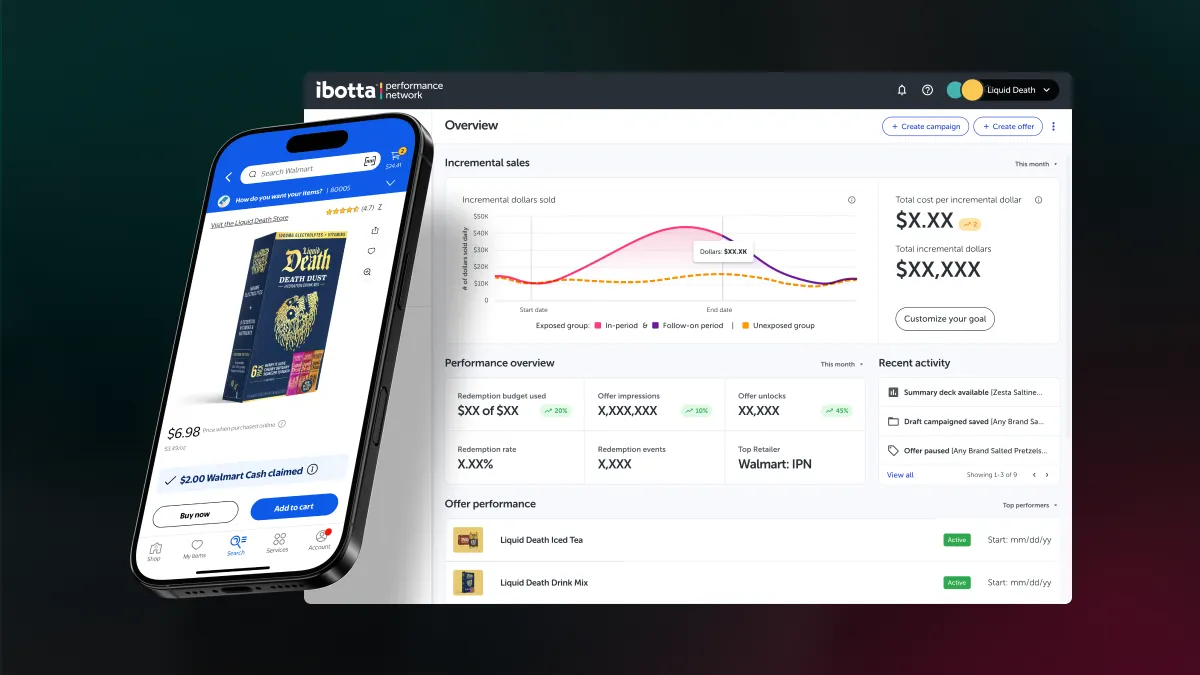The following is a guest post from Tamara Gaffney, VP of decision strategy at Quantum Metric. Opinions are the author's own.
Shopping has transformed drastically with the advent of technology and continues amid the rapid growth of social media platforms and new e-commerce channels. This is evident in the number of brands struggling to adjust to the impact of digital disruption. To survive in the ever-competitive retail industry today, brands must experiment with new ways to reach and retain consumers if they want to continue growing. Many of these new channels have emerged through social media platforms, including shoppable ads.
Despite the imperative to test new methods that are growing in popularity, retail marketers must ensure they're not blindly investing in channels that could negatively impact their revenue or branding.
Shoppable social
Shoppable posts are not new, though analysts expect a surge to hit our news feeds in 2020. Social platforms such as Instagram are facing a slowdown in growth, according to eMarketer, and are looking for fresh ways to keep users engaged. One of the ways they're doing this is by encouraging users to shop in-app by pushing retail brands to invest heavily in tactics like shoppable ads. Social media giants see this as a win-win to make their platforms more valuable to users while improving their own advertising revenue stream.
Retailers have played with shoppable ads for several years, though the format is still in its early days. As retail brands face increasingly costly paid search ads, both traditional and direct-to-consumer (DTC) companies hope this new approach will be a more cost-effective way to attract new customers and retain current ones. As with most new channels, early adopters get in quickly and learn while mainstream retailers watch, trying to determine whether it's a smart move for their business. In may seem time to jump into shoppable ads given the hype around the advertising methods, though they may not be the right move for every business.
How good is the experience?
Shoppable ads and native app checkout features through social platforms can open brands up to new shoppers, but they also come with significant drawbacks. Retailers have less control over user experiences with in-app ads or checkout features, and they relinquish their access to valuable customer data.
It's important to track each platform's shoppable experience. Some social media shopping has become "spammy" and unreliable, leaving customers with a bad taste. Because these methods are new, they suffer from common digital glitches like long load times or site crashes that could send a potential customer abandoning their cart. If these glitches happened on a retailer's owned channels, they could identify the problem and fix it with the right technology, which wouldn't be possible if a customer is shopping via a third-party platform the retailer has little control over.
Before jumping in, it's important to dig into the customer experience offered by the social platform and ensure it's ready to provide your customers with a great shopping experience. It's unlikely that retailers will get enough of this information directly from the platforms, so they'll want to conduct their own customer research targeted specifically to social shopping satisfaction.
Whatever experience your customers have on social media will ultimately impact a brand's credibility.
Is shoppable social targeting ready?
The first big attraction of social media platforms is the huge audience — more than 1 billion active monthly users on Instagram alone — but retailers must find ways to target effectively within the platform in order to optimize ad spend. It may be tempting to assume that only younger target audiences will use shoppable posts, but as social targeting capabilities improve, this social content may stand out among less obvious demographics because these consumer groups likely see fewer shoppable products in their feeds. Retailers need to follow all the latest advances in targeting and jump in when the platforms can effectively target their most likely consumers.
Meshing shoppable social with offline activity
Brands that combine shoppable social with offline efforts will likely see stronger results. A popular offline tactic is hosting a pop-up. By compelling consumers to get off their phones and engage directly with brands in real life, they can expand the impact of shoppable ads by giving their audience an opportunity to experience the product holistically. Pop-up activations are so successful that they have become a permanent fixture in some retail brands' strategies. Lululemon highlighted that more than 35% of shoppers in its 60 seasonal stores were new, giving the retailer valuable insight into what markets it should consider expanding to.
On the other side of the spectrum, Nordstrom appeals to a broad audience by investing in both digital and physical experiences through offering a real-time look online at what's available for in-store pickup and hosting "Nordstrom Local" locations in target markets where customers can return items and access express alterations without having to drive to the nearest mall.
Retailers should look for creative ways to communicate their offline offerings through shoppable social ads in order to bridge the digital gap and drive customers to stores.
Invest in channels that bring value
While retailers consider investing in shoppable ads or similar tactics, they must ensure they're working toward gaining future value and not simply throwing money into a bottomless pit. While these new methods can lead to success if conducted appropriately, they can have irreparable damage if a customer has a bad experience with shoppable ads that they'll attribute to your brand. Regardless of which tactics a brand chooses to invest in, they'll have to incorporate every customer touch point into an exceptional user experience. This will be critical to success with any online medium as even the slightest glitch or confusion means brands can quickly lose sales and overall integrity among customers.





















